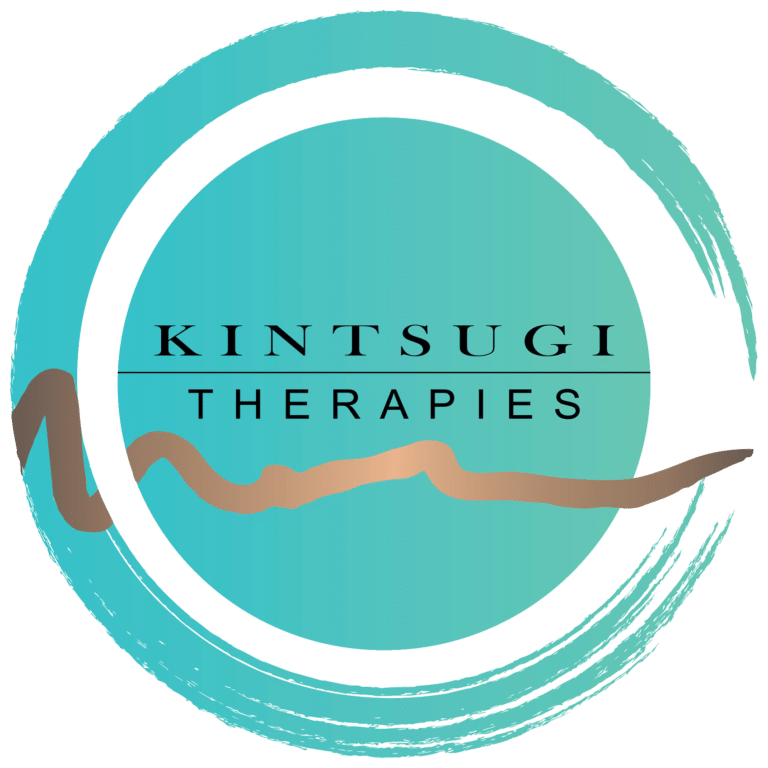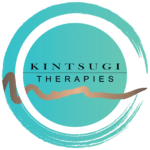GUA SHA
Used extensively throughout east Asia for centuries, this powerful and simple therapy is slowly finding its’ way into use amongst Western Allied health practitioners, including physiotherapists. While it can be very beneficial in the treatment of musculoskeletal issues, east asian medicine has used it more broadly to treat a variety of health conditions. Modern research shows Gua sha produces an anti-inflammatory and immune protective effect that persists for days following a single treatment. This may account for its reported positive effects especially on pain & stiffness and in helping to relieve common upper respiratory symptoms.
GUA SHA
Gua Sha is a traditional healing technique widely used in Asia, Asian migrant communities and is a lesser known therapy applied by acupuncturists and practitioners of traditional East Asian medicine worldwide.
The word ‘Gua’ in Chinese means ‘to scrape’. Therefore, the technique involves using instrument assisted unidirectional strokes on a lubricated body area, with the aim of causing ‘Sha’. The word ‘Sha’ in Chinese means ‘sand’ or ‘small pebbles’ and this refers to the transitory therapeutic petchie (marks) that usually show up on the skin from the strokes.
Generally, I find outlining the east Asian medicine perspective on Gua sha for a Western audience not particularly helpful and may even lead to confusion due to lack of context both in terms of the medical terminology (do you need to hear about Qi or Blood stasis?) or even culturally. Most western people did not grow up receiving guasha from their grandmother or see it performed on street corners by vendors.
Instead, let’s focus on the modern research into Gua Sha which has been peer reviewed and analysed to help provide a clinical window into the potential physiological mechanisms involved in its’ action.
It may be helpful to summarise the main studies findings and provide references (below) for anyone who wishes to delve a bit deeper into that side. It’s important to note that on-going studies are always required to gain a better understanding of potential benefits and applications.
To summarise what these main studies have found:
Increased blood flow
The scraping action of gua sha acts as a minor irritation that causes a rapid rush of blood circulation to the treatment area. In one study, scientists using laser doppler imaging demonstrated a four-fold increase in micro-circulation to the treatment area for 7.5 minutes after gua sha treatment followed by a sustained increase in microcirculation 25 minutes later1. The measured increase in microcirculation was accompanied by immediate decrease in muscle pain at the treatment area. Additionally, some participants reported pain relief in untreated areas of the body, as well.
Pain suppression
Certainly, the immediate localized swelling draws pro-inflammatory molecules such as histamine, prostaglandins, and bradykinin, as well as serotonin – which activates pain receptors at the site of the treatment2. And, while the increased blood flow is short-lived, pain reduction has been known to persist for at least 2 days, and in some cases as long as a week3.
The answer to how gua sha induces inflammation but reduces pain may lie, in part, in its effects on the nervous system. The microtrauma created by the minor superficial irritation associated with gua sha activates particular pain fibers belonging to a nerve relay known as the spino-thalamo-cortical pathway.
This pathway takes incoming messages from the spinal cord (spino) to the thalamus – a critical sensory filtering system located above the brain stem, and then on to the cortex – where the brain interprets and decides how to respond to the messages. Most notably, this pathway also activates parts of the brain that strongly inhibit pain. In fact, this is the system your body uses to suppress pain in times of stress or sudden trauma.
As a result, the mild trauma induced by gua sha results in big pain-suppressing paybacks. By contrast, other therapeutic modalities, such as massage, for instance, use a different pathway that exerts different, and in some cases less influence on pain inhibition4.
Anti – inflammatory effects
While it’s hard to miss the immediate swelling and fiery red appearance of gua sha, scientists are finding that the procedure leads to a decrease in inflammation throughout the body. One such study on laboratory mice measured the levels of a particular anti-inflammatory and antioxidant enzyme known as heme oxygenase-15. Levels of the enzyme were measured before and after the mice received gua sha using an imaging procedure. The images, taken 18, 36 and 120 hours after the treatment showed that a wave of heme oxygenase swept through the internal organs of the mice, first concentrating in one area, then progressing to the next. The overall result was a deep, systemic anti-inflammatory effect.
Documented pain relief
In a clinical trial, patients with chronic neck pain received gua sha treatment to their entire neck and upper back6. Results 7 days after treatment showed a 26% overall decrease in pain and a 51% decrease in pain related to movement. By contrast, a control group that received heat therapy reported an 8% overall decrease in pain and 10% reduction in pain associated with movement. Overall, more than twice as many participants who received gua sha were satisfied with the results of the treatment as those who received heat therapy.
In another study, patients with chronic neck or low back pain who received a single gua sha treatment reported experiencing significantly less pain immediately after the gua sha treatment and continued pain relief 7 days later7.
Benefits for other health conditions
Gua sha alleviated headache pain in an elderly patient with longstanding chronic migraine headaches, according to a published case report8.
A common and painful problem that occurs in some women after giving birth is breast engorgement. In one study, gua sha treatment successfully reduced the swelling and pain associated with this condition and was as effective as the conventional protocol of massage and hot packs9.
Though gua sha is one of the safest therapies available, it is not without certain risks. It is important to learn proper technique before performing gua sha on yourself or administering gua sha to someone else.
Occasionally, the scraping action of gua sha can draw blood to the surface of skin. If you share your gua sha tool with others be sure to exercise proper hygienic precautions to prevent transmission of blood borne diseases10.
(Credit: Tracey Roizman)
References
- http://www.ncbi.nlm.nih.gov/pubmed/17905355
- http://www.karger.com/Article/FullText/353392
- http://www.ncbi.nlm.nih.gov/pubmed/15475622
- http://www.karger.com/Article/FullText/353392
- http://www.ncbi.nlm.nih.gov/pmc/articles/PMC3149908/
- http://painmedicine.oxfordjournals.org/content/12/3/362.long
- http://www.ncbi.nlm.nih.gov/pubmed/22928824
- http://www.ncbi.nlm.nih.gov/pubmed/17971671
- http://www.ncbi.nlm.nih.gov/pubmed/20220605
- http://www.ncbi.nlm.nih.gov/pubmed/22863649
If you’ve read this far and have some further questions about Gua Sha or the Gua Sha treatment process at Kintsugi Therapies, please visit my comprehensive frequently asked questions page linked below and check under the ‘Gua Sha questions’ heading. If you still can’t find the information you’re looking for, I’ve included a form on that page if you need to get in touch with any further questions or queries.

